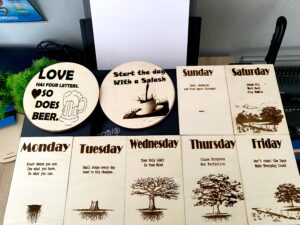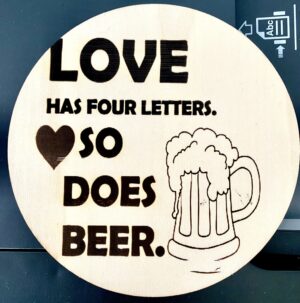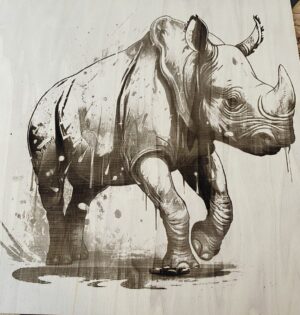When Reinvention Wins: Famous Products That Were Rebranded
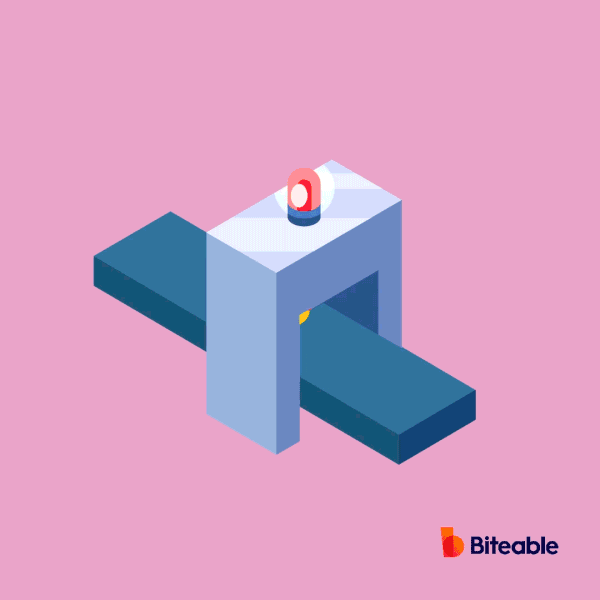
In business, sometimes the first idea isn’t the winning one. Many products that we know and love today started off as something entirely different—or failed in their original form—only to be reborn through clever rebranding, marketing and “purpose”. From household names to cultural icons, these stories remind us that reinvention can be the key to survival and success. Let’s go down the list for a few Famous Products That Were Rebranded – *Spoiler Alert*
1. Play-Doh: From Wallpaper Cleaner to Toybox Staple
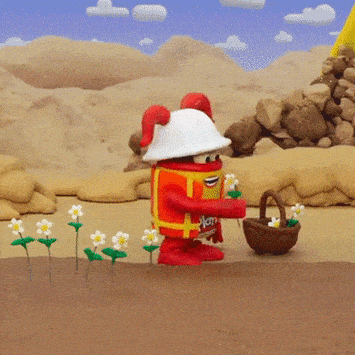
Before Play-Doh was that colourful, squishy delight in your toy box, it was meant to clean soot off wallpaper. Yes, a wallpaper cleaner. So back in the 1930s, homes used coal for heat, and that meant black residue everywhere. The putty was perfect for wiping walls… until people switched to gas heating and sales started crumbling.
The magic twist? Teachers discovered it was amazing for arts and crafts. So, by the 1950s, Play-Doh was rebranded as a children’s modelling toy — and it’s been leaving little rainbow crumbs in carpets ever since.
2. Listerine: Surgical Antiseptic to Mouthwash

Listerine was first developed in the 19th century as a surgical antiseptic. Over time, it was marketed for various uses, including treating dandruff and even cleaning floors. Its big breakthrough came when it was repositioned as a mouthwash in the 1920s, targeting “halitosis” (bad breath). That single rebranding move turned Listerine into a household name.
The ads warned people about the dreaded condition “halitosis” (a scary word they basically made up). Suddenly, Listerine was the go-to mouthwash — proving that sometimes fear marketing… really works. Today, it is not advisable to leave your house for a date night without a little Listerine. They have since invented a ready-to-go chewable to make sure that you do not miss that perfect moment. (wink-wink, nudge-nudge).
3. Bubble Wrap: Greenhouse Insulation Gone Fun
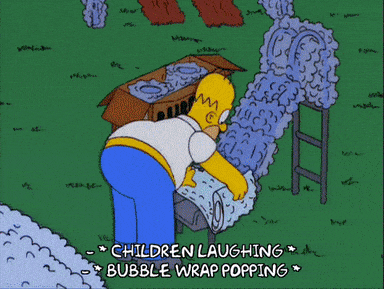
In 1957, engineers Alfred Fielding and Marc Chavannes created Bubble Wrap while trying to invent a 3D plastic wallpaper. When that failed, they tried selling it as greenhouse insulation. Neither worked. Eventually, IBM used it as protective packaging for shipping computers, sparking its new identity as the world’s favourite packaging material (and stress reliever).
4. Coca-Cola: From Medicine to Global Beverage
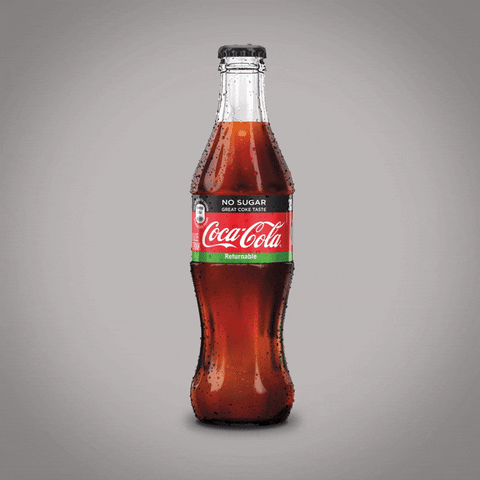
Coca-Cola’s origins date back to the 1880s, when pharmacist John Pemberton invented it as a medicinal tonic to treat headaches and fatigue. Containing coca leaves and kola nuts, it was marketed as a cure-all. Once carbonated and sold as a refreshing drink, it evolved into the iconic soda brand we know today. And in South Africa? Coca-Cola is the go-to drink for any braai, road trip, or Shisa Nyama. As a personal favourite, give me a KWV 10 and Coca-cola and we are best friends for life.
5. Avon: Book Sales Turned Beauty Empire
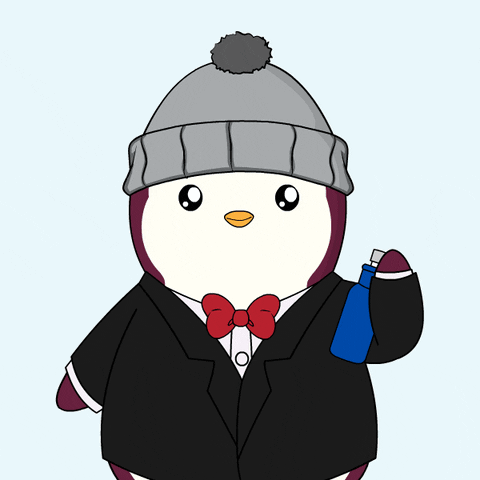
Avon began in the late 1800s when founder David H. McConnell sold books door-to-door. As a “bonus,” he gave away small perfumes to encourage purchases. Customers loved the fragrances more than the books, so McConnell pivoted. Avon was born, and it became a pioneer in direct sales cosmetics. In South Africa, Avon reps became legends of hustle — showing catalogues in salons, at work, even at church, turning beauty sales into a powerful side hustle for generations of women.
6. YouTube: From Dating Site to Video Giant
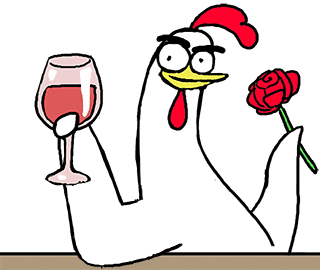
When YouTube launched in 2005, it was initially envisioned as a video-based dating service called “Tune In Hook Up.” The concept didn’t catch on. But when users began uploading all kinds of videos, the founders shifted direction. YouTube became the internet’s leading video-sharing platform, now one of the most influential digital platforms in history.
7. Mrs Ball’s Chutney: From Accident to Icon

Mrs Ball’s Chutney is a South African classic that started out by accident. In the early 1900s, Amelia Ball’s daughter experimented with preserving overripe fruit — and ended up creating the now-famous chutney recipe. Originally made at home, it grew into a national pantry staple. Today, it’s the ultimate all-rounder, pairing just as well with curry as with boerewors rolls. It makes the perfect marinate for beef and chicken when preparing for a braai. Couple this with Jimmy Sauce and you will get compliments for days.
8. Ricoffy: From Soldiers’ Rations to Comfort Coffee
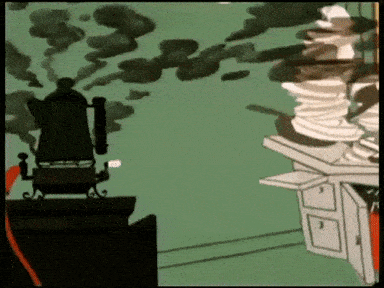
Ricoffy’s origins trace back to World War II, when it was supplied to South African soldiers as “Ricory,” a chicory-based coffee substitute. It was affordable and practical — and after the war, it was rebranded for everyday use. By the 1970s, it became Ricoffy, marketed as a warm, comforting drink. Generations later, it remains a South African favourite, known as the “hug in a mug.”
9. Oros: From Health Drink to Childhood Treat
Oros was created in 1899 as a fruit cordial packed with vitamin C. Marketed as a health drink for children, it was meant to boost nutrition. But South Africans fell in love with its sweet, tangy flavour rather than its health benefits. Over time, Oros became less about vitamins and more about fun — an iconic refreshment for hot summer days and school lunchboxes. Oh, and if you remember this advert, you should at least have 2 kids, or a cat named Mr snuffles.
The Takeaway
The journey from “failed” idea to iconic product shows the power of adaptation. Whether it’s Play-Doh turning from wallpaper cleaner to toy, or YouTube evolving from a dating site to the world’s biggest video hub, rebranding has saved countless innovations from the dustbin of history. So what do you think of these Famous Products That Were Rebranded?
Lesson: Sometimes the product isn’t wrong—it just needs a new story.
Can you think of any Famous Products That Were Rebranded?
We will dive in on the business lessons in terms of resilience, pivoting, and adapting to survive on the next Roadtrip Blog: Detours That Led to Success.

